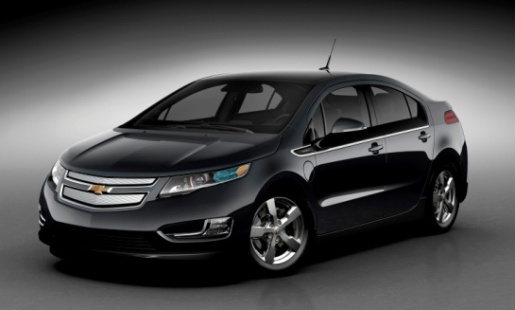September 2013
My name is Micheal Austin (no typo, it’s a unique spelling). I was born in the northern Colorado mountains on a hobby ranch that had no electrical power. Today, my hobby is power. When I was 11, my father tried to impress me by converting a gas-powered motorcycle to electric with an alternator and a 12VDC lead-acid battery. When he turned it on, it flew into reverse and sent him smashing through a fence. That was my introduction to electrified transportation.
by David Kantor
Hybrid-electric and battery-electric buses have the proven ability to reduce criteria and greenhouse gas (pollutants). Nationwide, medium- and heavy-duty vehicles account for 18 percent of all global warming emissions from the transportation sector [1]. The high cost of technology related to the main components of hybrid and electrical vehicles is a significant obstacle preventing many fleets from implementing these technologies. Production volumes for these vehicles are still too low in the early market to realize price reductions, and the current payback period is long even with large fuel and maintenance savings. However, modest volume increases can help move prices to levels easily justifying purchase.
By Micheal Austin and Russ Lefevre
In the next 10 to 20 years, changes in vehicular transportation will be driven by escalating fossil fuel prices following staggering consumption trends [1].
Today Electric Vehicles (EVs) are becoming a reality due to many factors. The major ones being the ever increasing gasoline prices, large surge in demand for cars in developing countries, better “tank-to-wheel” efficiency compared to gasoline cars, environmental concerns, technological advancements (e.g., battery technology and pricing), and policies promoting EVs. How each of these factors support and promote EV technology commercialization will be broken down below.
By Ravinder Venugopal
Over the last 20 years, Hardware-In-the-Loop (HIL) testing of Electronic Control Units (ECUs) has become an integral part of the embedded software verification and validation process. Specifically, ECU software is tested by running the actual controller with a real-time simulation of the system that it is designed to control, with actual signals exchanged between the ECU and the simulator. This technology is extensively used in the aerospace, automotive and rail transportation industries.
By Dave Tuttle
 The hype has died down since the delivery of the first Chevrolet Volts in late 2010. Now, with over 30,000 miles on my 2011 Volt, I have learned a great deal about the way this vehicle functions; the most favorable usage environments, actual efficiencies, and ongoing maintenance requirements.
The hype has died down since the delivery of the first Chevrolet Volts in late 2010. Now, with over 30,000 miles on my 2011 Volt, I have learned a great deal about the way this vehicle functions; the most favorable usage environments, actual efficiencies, and ongoing maintenance requirements.
About the Newsletter
Editors-in-Chief

Jin-Woo Ahn
Co-Editor-in-Chief

Sheldon Williamson
Co-Editor-in-Chief
TEC Call for Articles 2023 - Advances in Charging Systems
The TEC eNewsletter is now being indexed by Google Scholar and peer-reviewed articles are being submitted to IEEE Xplore.
To submit an article click here.


